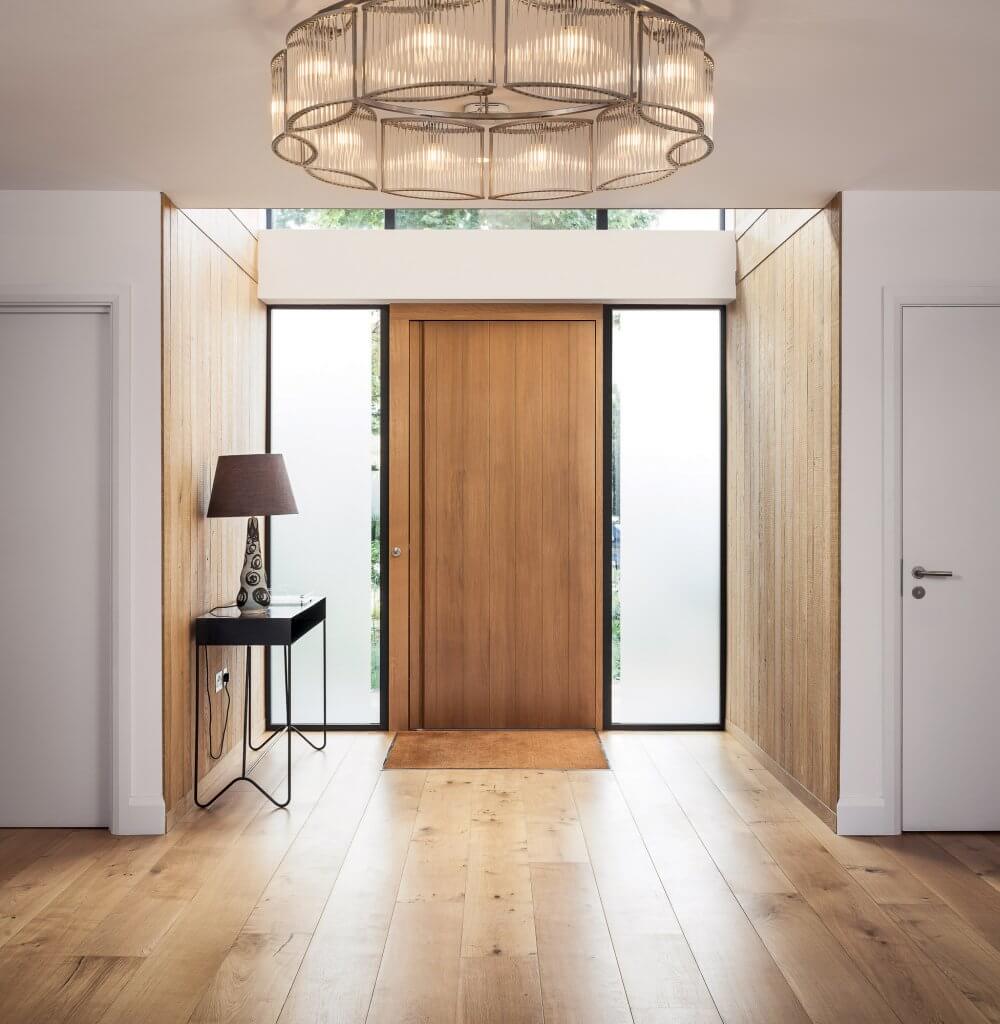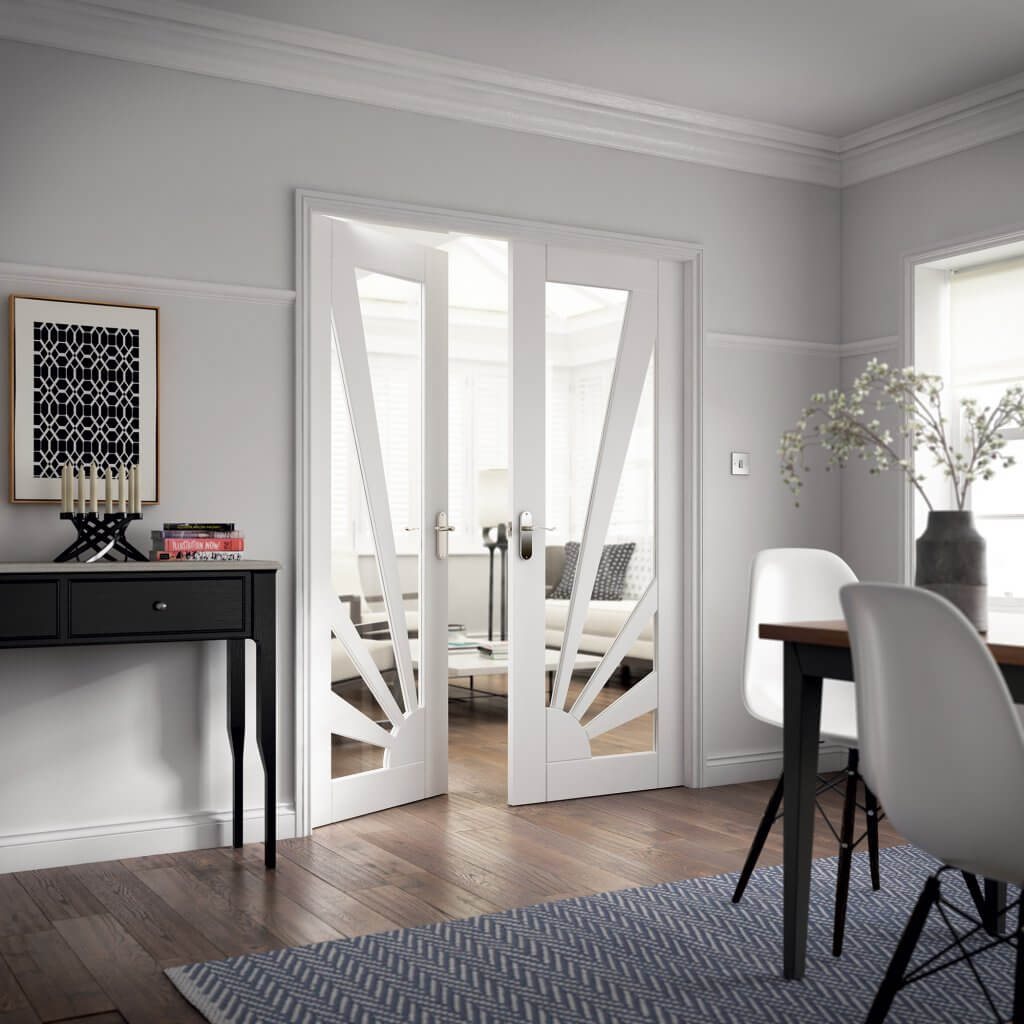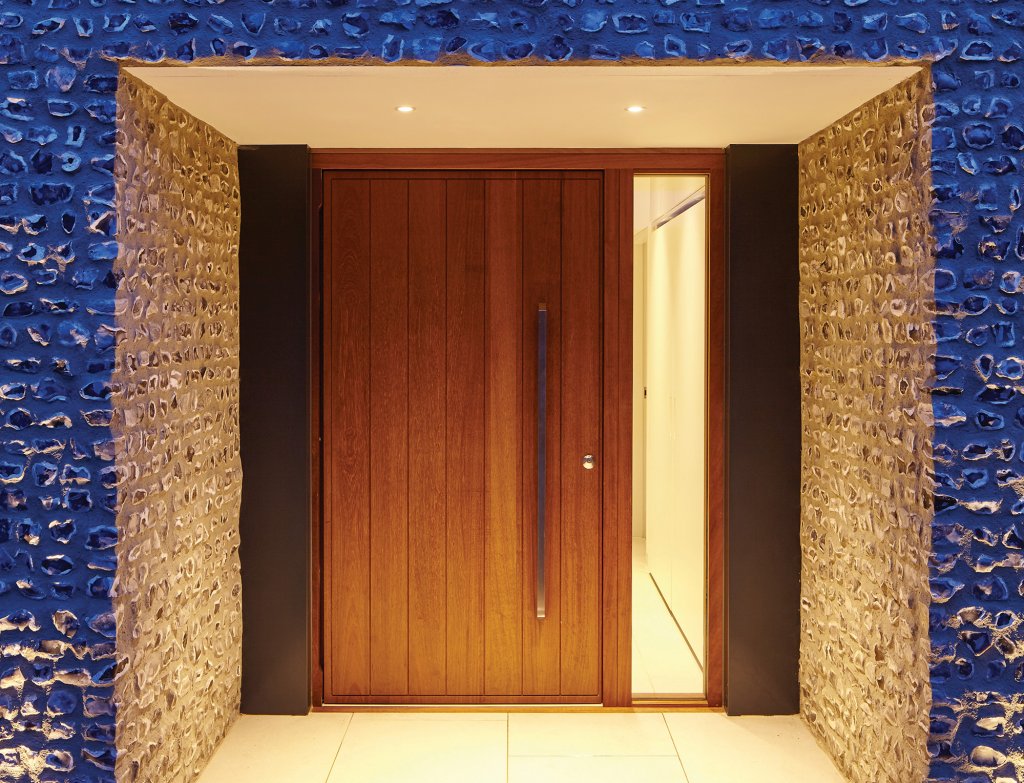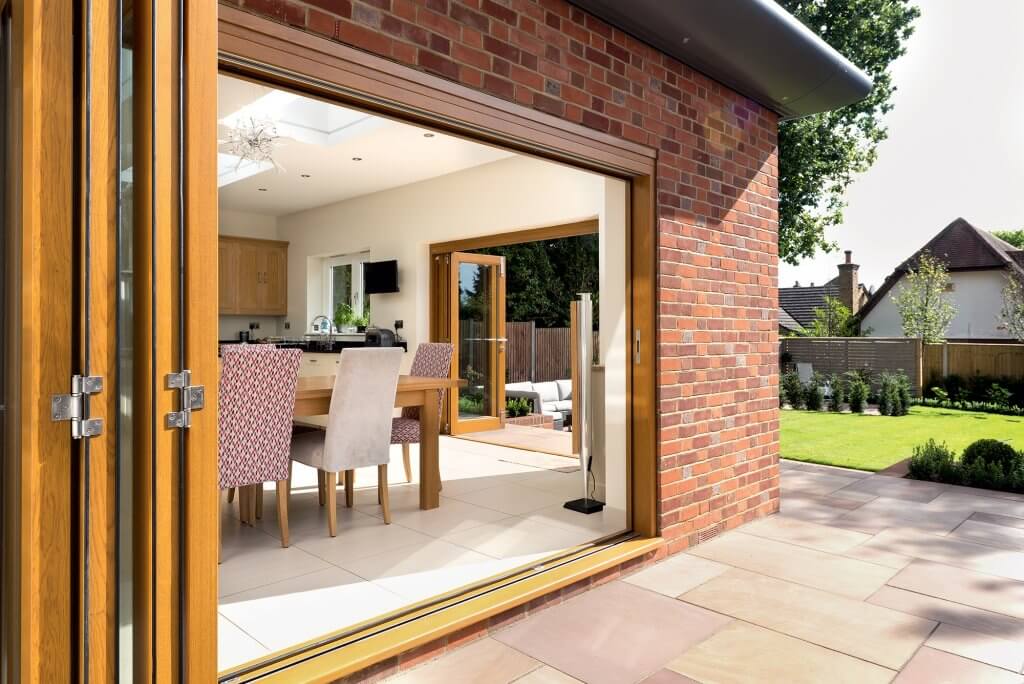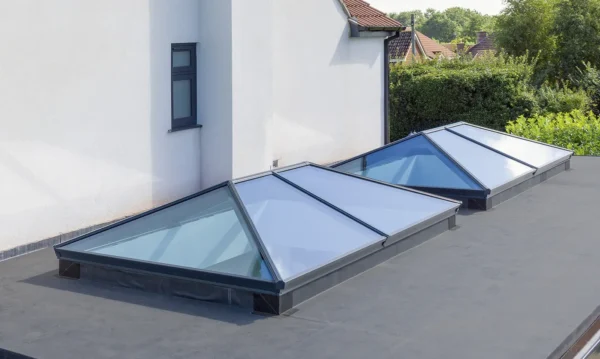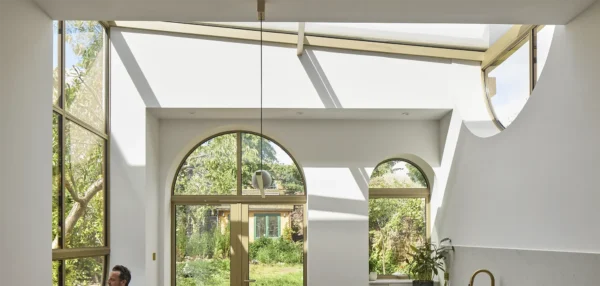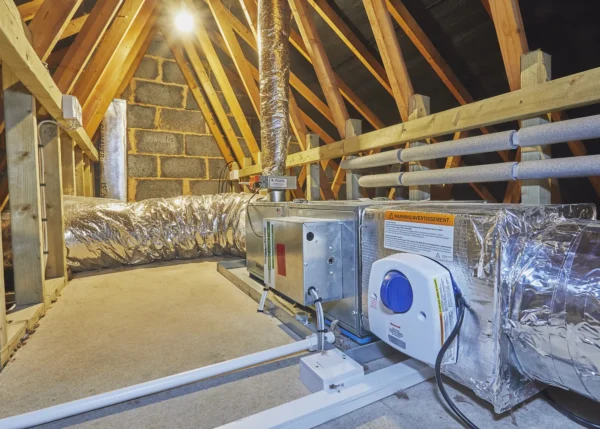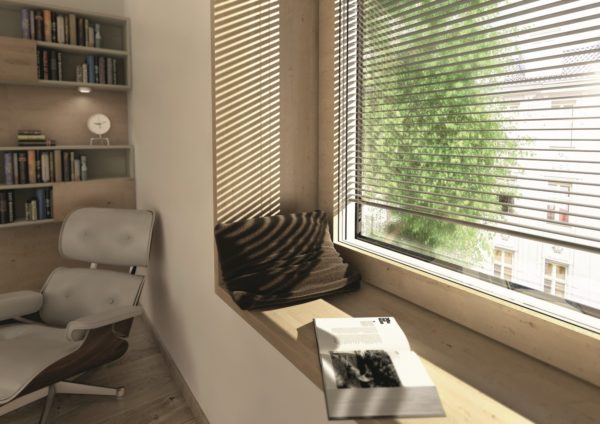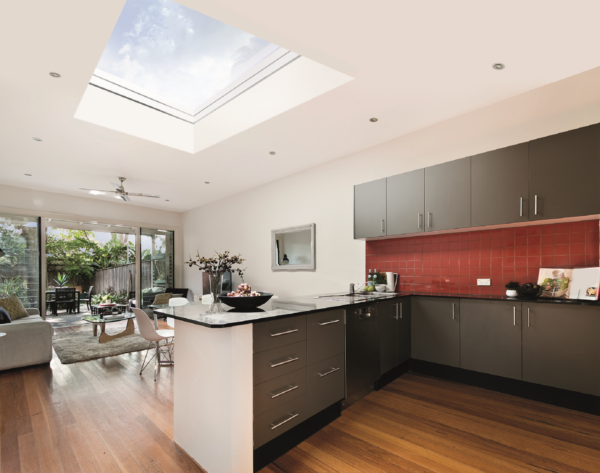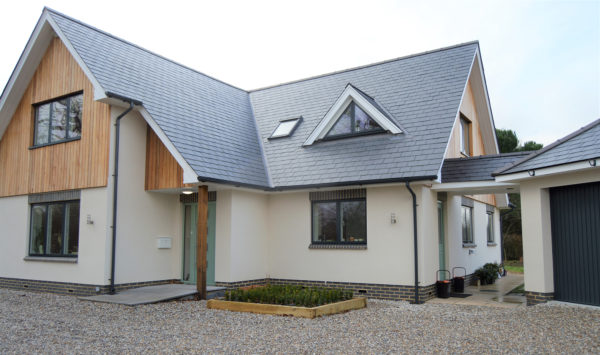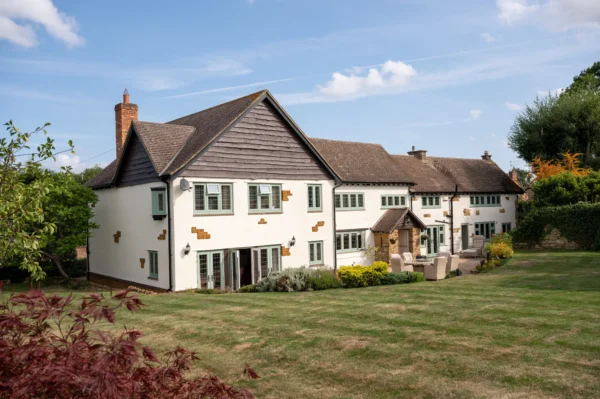Choosing Timber Windows and Doors
Your choice of windows and external doors will go a long way to setting the tone for your home’s aesthetic – both inside and out.
In the past, wood’s merits as a durable, readily available and easy-to-work material made it a natural choice for all manner of construction work, including fenestration.
Today, those qualities combine with modern production techniques to ensure timber doors and windows team great looks with state-of-the-art performance.
Style & materials
Fundamentally, any kind of door or window installation you can envisage is achievable with timber – whether you’re after a heritage casement, contemporary feature window or a stunning statement entrance.
“We make everything from traditional sliding sashes through to flush and stormproof casements, tilt-and-turn windows, bifolds and other external doors,” says Ralph Croxford from Croxfords.
You can choose between keenly-priced off-the-shelf designs, made-to-measure ranges or a fully bespoke service to suit your budget and project requirements.
In addition, many suppliers now offer the complete spectrum of RAL hues (a colour-matching system spanning a huge variety of options for paints and stains). So you can rest assured there’s something to suit every self-builder or renovator’s tastes (as well as the planners preferences).
Whether softwood or hardwood, most manufacturers elect to use engineered timber for their windows and doors these days (ideally using material taken from the heartwood).
It’s simply stronger than solid wood, which means sightlines can be thinner and units are less likely to move or twist in situ. “Rather than solid oak, for example, we would use three layers of one-inch oak, laminated together for stability,” says Ralph.
European redwood is the most common option for softwood windows, with larch and Douglas fir among the alternatives. They are capable of offering good service life, far exceeding PVCu’s durability and representing good value for money.
They’re also suitable for a wide range of applications, with openings such as large feature windows and long runs of bifold or sliding doors eminently achievable.
Hardwood versions will bump up your budget, but as the name suggests they’re very strong and durable – so can increase design choices.
“We prefer to work in engineered hardwood, and the stability of this timber means we can create pretty much any style and size of window you like,” says Brett Goldsmith from Scotts of Thrapston. “We’ve produced units as much as 4.5m tall, for example.”
For similar reasons, there’s been a big growth in the adoption of modified timber products in self-builds and renovations.
“These days we’re using more Accoya, which is produced from Radiata pine and has been altered to remove excess moisture and reduce the amount the timber absorbs in use. It’s also highly resistant to attack from insects, fungal growth etc,” says Ralph. “It’s not cheap, but it will barely move, plus it paints and machines really well and offers a potential lifespan of over 50 years.”
Sustainability
Timber windows and doors score well when it comes to energy performance – both in terms of embodied carbon expended in their manufacture and transport, and in situ. Provided it’s responsibly sourced from properly managed forests (look for FSC or equivalent certification), wood is a natural, renewable and often recyclable product.
It’s also innately more insulating than plastic or metal, so it’s a comfortable fit for eco projects where thermal efficiency is vital. Timber fenestration can easily achieve Passivhaus-standards in terms of whole unit U-values.
For instance, high-spec triple glazed windows and doors with insulation integrated into the frames can get down below 0.7 W/m2K (the Passivhaus threshold is 0.80 W/m2K, while Building Regulations allow up to 2.0 W/m2K on new builds). Even a standard double-glazed wood unit is likely to get under 1.6 W/m2K.
When it comes to front doors, you would need to commission a very deep (and expensive) opening leaf if you wanted to meet the efficiency regs with a solid timber unit.
As a result, this approach is relatively rare. Instead, most new entrance doors in this material will feature a core of insulation, contained within the external wood faces, stiles and rails. This ensures you get the benefit of a real-timber door but with modern performance levels.
Read more: Choosing a Contemporary Front Door
Finishes
While it’s still possible to buy unfinished units to treat on site, fewer and fewer self-builders and renovators are choosing this route. This is because the cost savings are becoming slimmer versus pre-coated versions – not to mention there’s a lot to be said for factory accuracy.
“98% of the windows we make are supplied fully-finished,” says Brett. “Typically they’re treated with three coats of microporous paint, although we can also offer staining.” Materials such as oak are often left to weather when used for cladding, but this isn’t typical for fenestration.
“We offer a choice of painted finishes, which are very popular, as well as stains. Many people want to preserve the wood’s original tones. They often like the clear satin finish they see on TV furniture ads – but this won’t protect very well against UV light, so the timber will quickly adopt a grey hue,” says Ralph.
“Basically, more pigmented stains will stay effective for longer. I always use the analogy that if you put factor 15 suncream on, you’ll probably burn; but go for factor 50 and you’ll be fully protected.”
Doors are available in a huge range of styles and timbers – from heritage-style painted units through to modern designs in exotic hardwoods. But Ralph has a warning for those keen on the trend for black-painted doors and windows: “Don’t put these on south-facing elevations,” he says. “The colour will absorb more heat, which will cause the timber to expand and contract more.”
Maintenance
One of the big advantages of opting for factory-finished timber windows and doors is that the paint or stain will have been applied accurately in controlled conditions; so it should outlast site-finished versions.
Depending on the design of the frame, as well as your home’s location and exposure levels (the worst wear is generally caused by the grit and grime in the air), you might be looking at between five and 10 years before any reapplication is needed. Indeed, some manufacturers offer lengthy guarantees that include the finishes – though they tend to be slightly shorter on stains than on paints.
“The industry is moving towards using modern water-based products, which makes future maintenance much quicker and easier,” says Ralph. “In the right conditions – ie a warm spring day with a little wind – a water-based paint or stain can be touch-dry within an hour.”
An occasional wipe down with very mildly soapy water is enough to keep dirt at bay; and will extend the life of your chosen finishes. The white, non-scratch foam sponges available in supermarkets work well for this job.
Overall, it’s worth bearing in mind that – while they will require more maintenance than PVCu or metal designs – timber windows and doors offer excellent longevity.
Some originals still exist hundreds of years after they were first installed, thanks purely to a simple schedule of cleaning and refinishing. So the higher upfront cost than opting for plastic, for instance, is likely to be repaid many times over.
Top image: This New-England style home features Westbury Joinery’s standard casement windows, along with a feature unit made with solid glazing bars and individual glass panes, plus an engineered oak-boarded door and screen
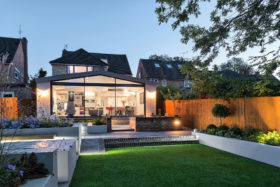
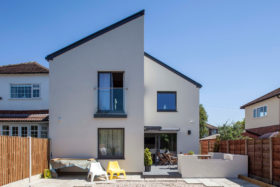






























































































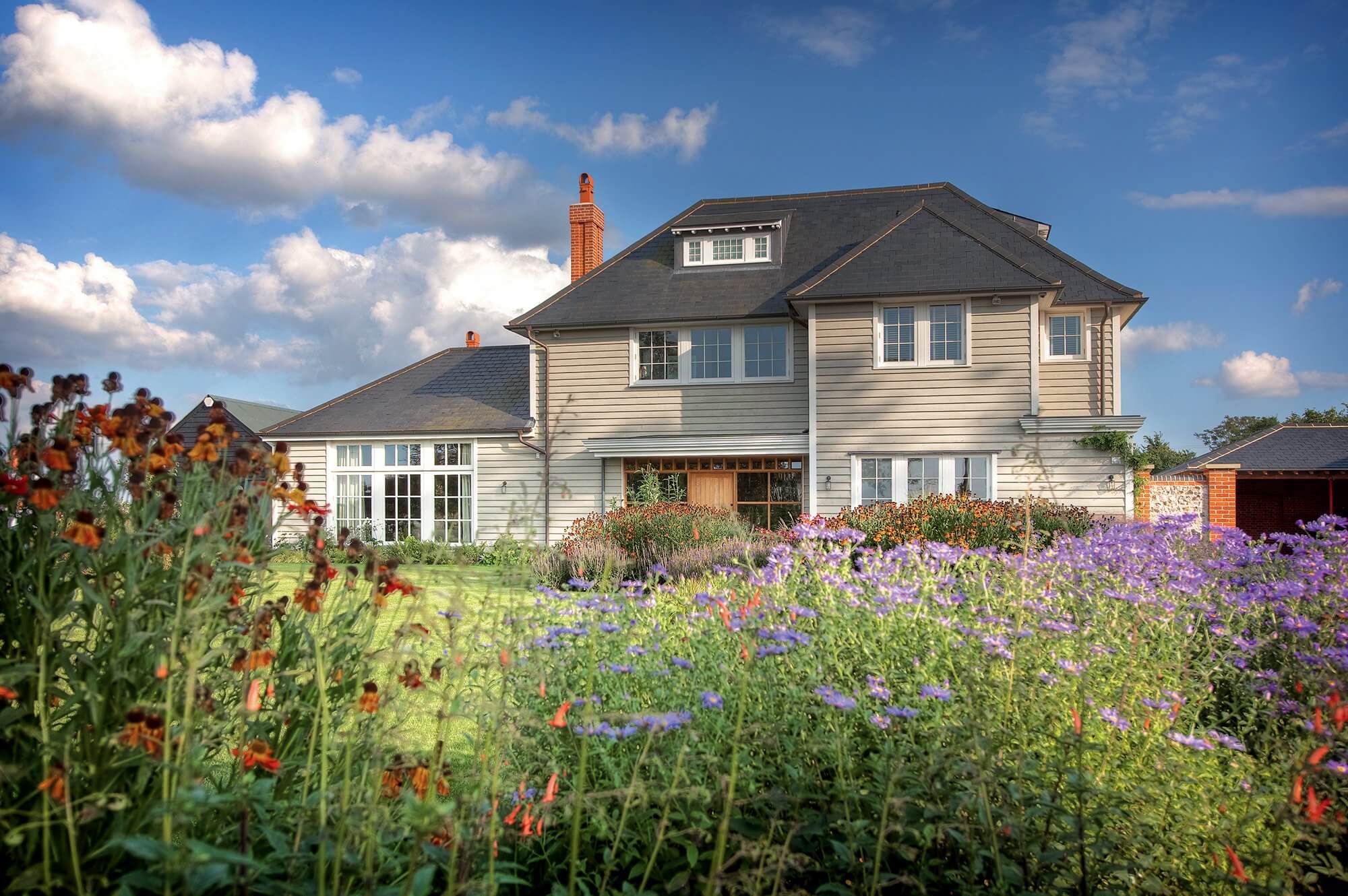
 Login/register to save Article for later
Login/register to save Article for later

